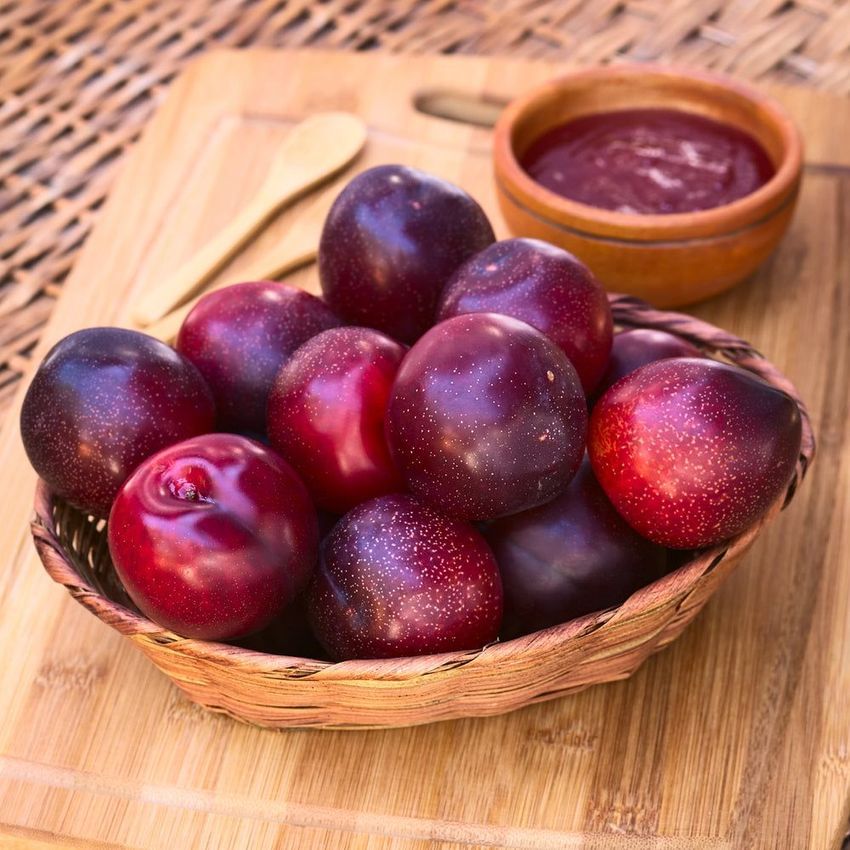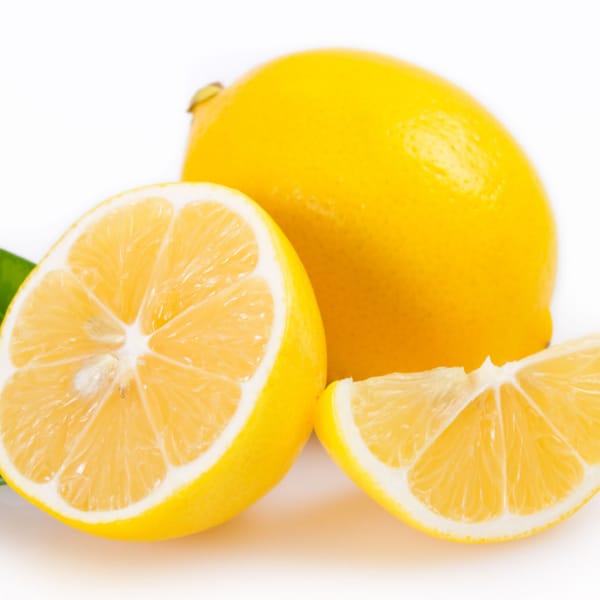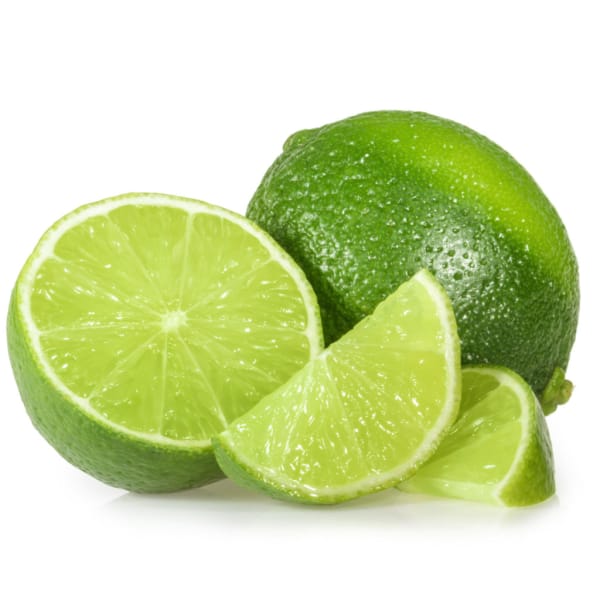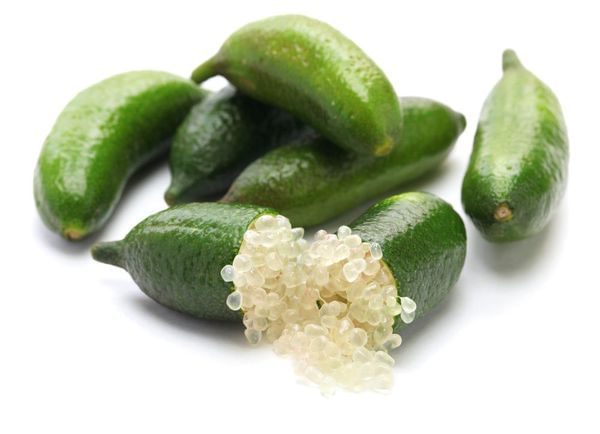Satsuma Plum- Variety Information
- Large, round, and firm-fleshed fruit.
- Sweet, juicy fruit has great texture and is mild-flavored.
- Maroon over green skin, dark red flesh.
- Good choice for milder climates.
- A long-time favorite in California.
- An excellent choice for fresh eating and jam.
- Heavy bearing tree with a horizontal spreading growth habit.
- Pollinated by Beauty Plum, Santa Rosa Plum, or Late Santa Rosa Plum.
- Japanese plums bloom and ripen earlier, tend and to have larger crops.
- They are not generally self-pollinated and can be tricky to grow in areas with late frosts.
- Larger, firmer fleshed, and rounder than European plums.
- Japanese plum trees have rougher bark, more persistent spurs, and more numerous flowers than European plums.
- They are also more precocious, disease-resistant, and vigorous than European plums.
- Japanese plum flavor ranges from sweet to tart.
- By pruning, you can keep your tree at any height.
- Grafted onto Myro 29C rootstock
- USDA Zone 6-10, Requires 300 chill hours to set fruit. Protect when temperatures fall below -10°F.
- Approximate harvest period (for Central CA): August.







